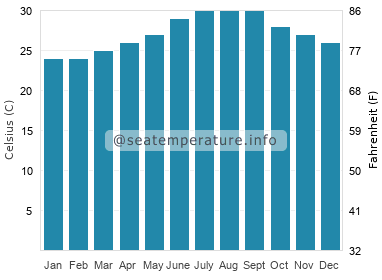All of what data? Air temp? Water Temp? At what depth? Who's data?
You list Temps in Clearwater Fl ... which the last time I checked didn't have Indonesian coral growing in 10ft to 40ft of water.
I'm just asking for scientific proofs of cause/effect...not picking an argument with you
You list Temps in Clearwater Fl ... which the last time I checked didn't have Indonesian coral growing in 10ft to 40ft of water.
I'm just asking for scientific proofs of cause/effect...not picking an argument with you
Last edited:
















